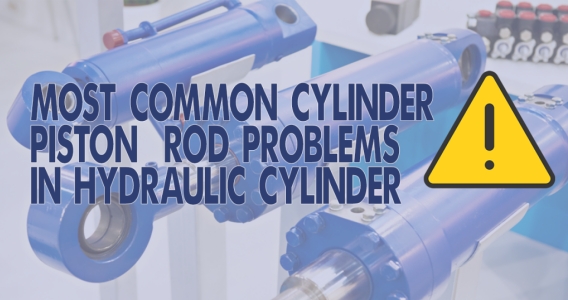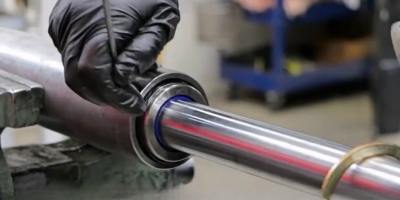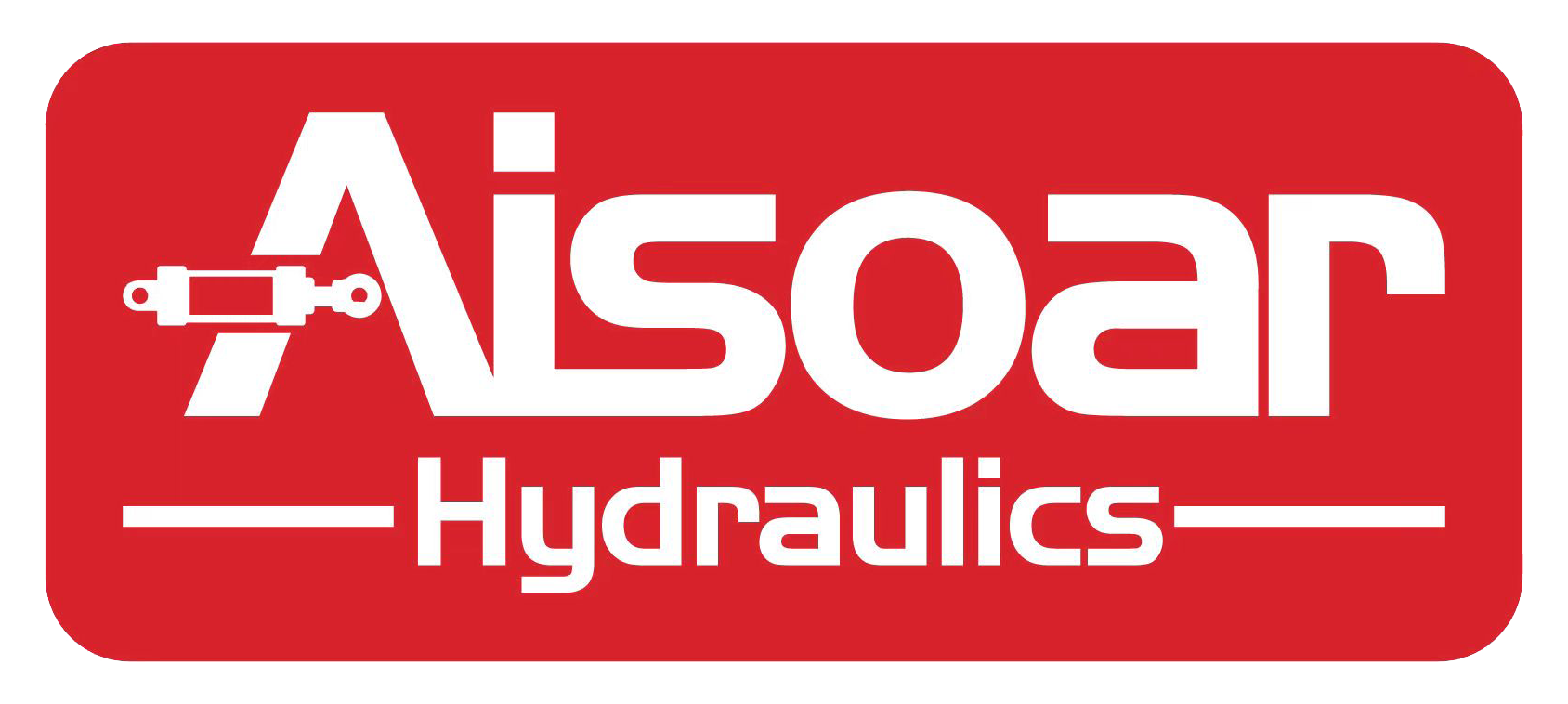How do you maintain a hydraulic cylinder?
Hydraulic cylinder failure disrupts operations, leading to costly downtime and safety risks. Regular maintenance ensures longevity and optimal performance.
Hydraulic cylinder maintenance involves regular inspections, timely repairs, and adherence to a preventive schedule, ensuring reliability and reducing downtime.
Discover how consistent care can improve efficiency and prevent costly repairs. Let’s dive into expert strategies for maintenance.
How Often to Maintain the Hydraulic Cylinder?
The frequency of hydraulic cylinder maintenance depends on the intensity of its use and the working environment. In general, hydraulic cylinders should be inspected twice a year as part of routine preventive maintenance. If the equipment operates in harsh environments or under heavy loads, monthly inspections may be necessary.
Regular maintenance includes checking for leaks, inspecting seals and rods, and ensuring proper lubrication. Neglecting these steps can lead to early wear and reduced productivity. Proactive maintenance ensures your hydraulic cylinder remains efficient, extending its service life.
Common Issues with Hydraulic Cylinders
Hydraulic cylinders are prone to various issues that affect performance:
 Leaks: Caused by worn-out seals or scratches on the cylinder rod, leaks reduce pressure and efficiency.
Leaks: Caused by worn-out seals or scratches on the cylinder rod, leaks reduce pressure and efficiency.
Bent Rods: Overloading or improper alignment can cause rods to bend, leading to uneven wear.
Contaminated Fluid: Dirty or contaminated hydraulic oil can cause damage to internal components and reduce efficiency.
Seal Failure: High-pressure operation and contamination often lead to cracked or torn seals.
Regular inspection and immediate repair help prevent these problems from escalating into expensive repairs.
How to Disassemble a Hydraulic Cylinder
 1. Remove the circlip and keeper ring from the head.
1. Remove the circlip and keeper ring from the head.
2.Use a bent screwdriver or similar tool toextract the 0-ring.
3.Use a soft hammer and plastic block similar to theone shown to push the head back into the shaft.
4.Use a bent screwdriver or similar tool to extractthe stainless steel retainer clip
5. Pull on the shaft to remove it from inside thebarrel as shown.
Inspecting Hydraulic Cylinder Parts for Damage
| Components | Components | ||
| Cylinder Rod Inspection |
| Mounting Hardware |
|
| Seal Inspection |
| Hydraulic Fluid Check |
|
| Cylinder Barrel Inspection |
| Operational Test |
Notes:___ |
Preventive Maintenance Tips for Hydraulic Cylinders
Hydraulic cylinders are the backbone of many agricultural and construction machinery operations. To ensure consistent performance and avoid costly downtime, implementing a strong preventive maintenance routine is essential. Here are some key tips to keep your hydraulic cylinders running smoothly:
Inspect Seals and Rods Regularly
Look for signs of wear, cracks, or leakage on seals and rods. Damaged seals or scratched rods can lead to oil leakage and reduced cylinder efficiency, potentially halting operations.
Monitor Hydraulic Fluid Levels and Quality
Low fluid levels or contaminated hydraulic oil can cause overheating and increase wear on internal components. Regularly check fluid levels and replace the oil if it appears dirty or degraded.
Lubricate Moving Parts
Proper lubrication of all moving parts ensures smooth operation and reduces friction. Use high-quality grease or oil to prevent premature wear.
Keep the Environment Clean
Dust, dirt, and debris can contaminate your hydraulic system, leading to clogged filters and component damage. Always clean the surroundings before operating machinery and protect exposed cylinders during downtime.
Check Mounting and Alignment
Improper mounting or misaligned cylinders can cause uneven pressure and lead to faster wear. Ensure all connections are secure and aligned to prevent damage during operation.
Prevent Overloading
Exceeding the cylinder’s capacity puts stress on its internal components, leading to premature failure. Always follow the manufacturer’s specifications for load limits.
Inspect for Corrosion
In harsh environments, rust and corrosion can weaken hydraulic cylinders. Apply protective coatings and store equipment in a dry place to extend the lifespan of your cylinders.
Replace Worn Components Promptly
Neglecting minor issues, such as worn seals or bushings, can lead to bigger, more expensive problems. Replace these components at the first sign of damage.
Hydraulic Cylinder Maintenance Schedule Template
Hydraulic cylinders should be inspected at least twice a year to ensure they’re functioning optimally. Frequent checks allow early identification of wear, leaks, or contamination. High-use or critical equipment may require monthly inspections.
| Hydraulic Cylinder Maintenance Schedule Template | |
| Time | Routine |
| Daily | 1. Visual inspection for leaks, damage, or unusual noise. |
| 2. Check hydraulic fluid levels. | |
| 3. Clean the cylinder and surrounding area. | |
| Weekly | 1. Inspect the cylinder rod for signs of wear, damage, or corrosion. |
| 2. Check for proper lubrication of the cylinder rod and pivot points. | |
| 3. Ensure proper alignment of cylinder and components. | |
| 4. Monitor system pressure and adjust as necessary. | |
| Monthly | 1. Perform a thorough cleaning of the cylinder and surrounding area. |
| 2. Check the condition of seals and replace if necessary. | |
| 3. Inspect hoses and fittings for wear, damage, or leaks. | |
| 4.Test the functionality of the cylinder under load. | |
| 5. Check the hydraulic fluid quality and replace if contaminated. | |
Preventing Hydraulic Cylinder Overloading
Overloading hydraulic cylinders can cause severe damage, including bent rods and seal failure. To prevent this, always operate within the cylinder's rated capacity, distribute loads evenly, and monitor pressure levels closely. Proper operator training also ensures safe and efficient use of hydraulic systems.
Hydraulic Cylinder Maintenance Schedule Template (Quarterly to Annually)
| Hydraulic Cylinder Maintenance Schedule Template | |
| Time | Routine |
| Quarterly | 1. Conduct a comprehensive inspection of the entire hydraulic system. |
| 2. Perform oil analysis to check for contamination or degradation. | |
| 3. Replace hydraulic fluid filters. | |
| 4. Inspect and clean the reservoir, breather cap, and fill strainer. | |
| 5. Check the calibration of pressure gauges and sensors | |
| Semi-annually | 1. Perform a detailed inspection of cylinder components |
| 2. Check for any signs of internal wear or damage | |
| 3. Conduct non-destructive testing (NDT) as necessary. | |
| 4. Replace worn or damaged components | |
| 5. Recalibrate pressure relief valves and other safety devices. | |
| Annually | 1. Conduct a complete overhaul of the hydraulic cylinder. |
| 2. Replace all seals, wear rings, and bearings | |
| 3. Inspect and replace any worn or damaged components. | |
| 4. Perform a full system flush and replace hydraulic fluid. | |
| 5. Document all maintenance activities and findings. | |
Summary
Proper maintenance of hydraulic cylinders is essential for their performance, reliability, and longevity. At AiSoar, we emphasize the importance of regular inspections for leaks, wear, and damage, alongside routine cleaning and lubrication. Daily checks should include fluid levels and visual damage, while weekly and monthly maintenance involves testing functionality, inspecting seals, rods, and hoses, and ensuring proper lubrication. Quarterly and annual tasks, such as oil analysis, filter replacements, and full system overhauls, address deeper issues to maintain peak performance.

AISOAR HYDRAULIC CYLINDERS
Hengxin Mansion, No. 588, Jiangnan Main Road, Changhe Street, Binjiang District, Hangzhou City, Zhejiang Province, China
TEL: +86-571-87920309
Email: sales@ai-soar.com
Website: www.aisoarhydraulics.com


 ES
ES RU
RU

